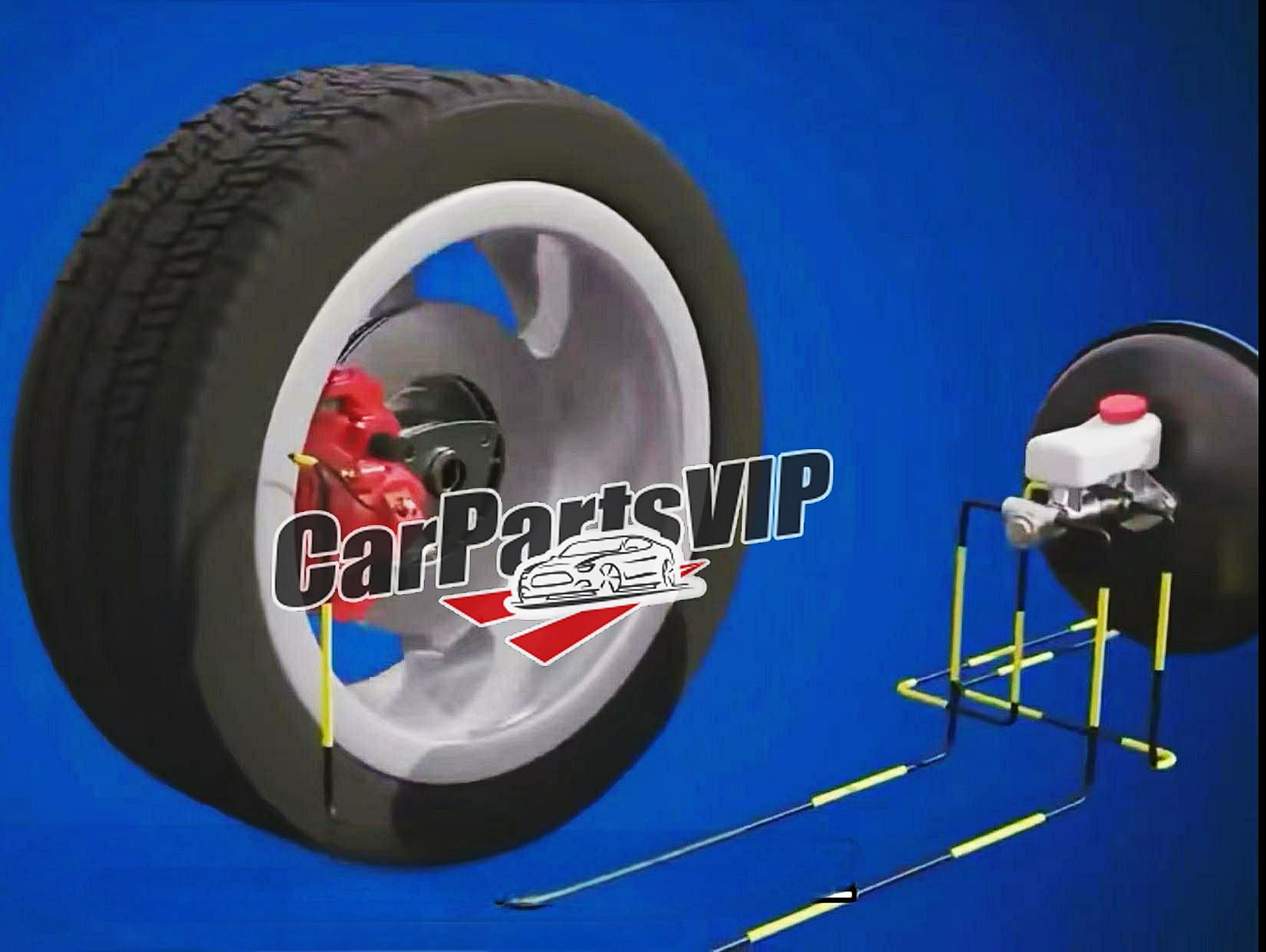A speeding car can stop immediately by stepping on the brakes when it encounters an emergency. So what principle does the car use to brake and stop? In modern cars, the hydraulic brake system is the most commonly used brake system, which is what we often call the brake system. The principle of hydraulic braking is to seal the liquid in the brake line without air. Because the liquid cannot be compressed and can transmit power 100%, when the liquid is pressurized, the liquid transmits the pressure through the pipeline to the piston of the brake caliper of each wheel. The piston drives the brake caliper to clamp the brake pad, thereby generating huge friction to slow down the vehicle. Since the liquid can bend without being affected by the pipeline route, hydraulic braking is currently the most effective braking solution.
So what parts does the automobile hydraulic brake system use to achieve braking? First of all, there are brake pedals, brake push rods, brake control modules installed in iron boxes, master cylinders, brake oil tanks, and brake lines. When the driver steps on the brake pedal, mechanical force is transmitted to the brake push rod, which transmits power to the brake control module. The control module converts the mechanical force into vacuum liquid pressure and transmits it to the sealed master cylinder. The piston in the master cylinder pushes the brake oil to the four brake lines under the action of hydraulic pressure. When the pressure is released, the brake oil returns to the master cylinder. There must be enough brake oil in the tank to prevent it from entering the hydraulic system. When the wheel brakes, the brake pedal is stepped on. The brake control module converts the mechanical force into liquid pressure and pressurizes it, causing the brake oil in the master cylinder to flow to each brake line. The pressure of the brake oil is transmitted to the piston of each wheel brake caliper through the pipeline. The piston drives the brake caliper to clamp the brake disc and slow down the wheel. When the brake pedal is released, the brake oil returns to the master cylinder, the piston of the wheel brake caliper is released, and the wheel starts to turn again. This is the working principle of the hydraulic brake system.


